"In 2012 we started this project called Venezia x Izu, to help creating a connection not only between Venice and Izu, but also between Izu and the rest of the World. In 2020 Japan will host the Olympic Games and Izu will host the cycling events at Shuzenji Velodrome. A big chance for less known local areas to become more open to foreign tourism and to build worldwide connections. Please feel free to contact us for whatever needs you should have while visiting Japan (including camping, water and electric supply)!"
Izu Peninsula, lesser known destination you must see in Japan (part 14)
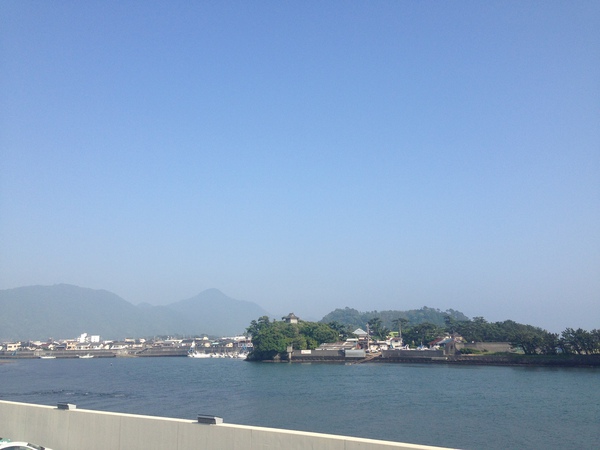
Numazu is one of the biggest cities around the Izu area.
It is located between Mishima Fuji City, Izu City and it extends down to Heda, on the Izu Peninsula's west coast.
It is one of the most animated city during evening and night time, with many restaurants, bar and clubs and also a beautiful city to visit.
Here you can find the official website of Numazu City in english, with some useful info:
https://www.city.numazu.shizuoka.jp/living_in/english/tourist/index.htm
And also on Trip Advisor:
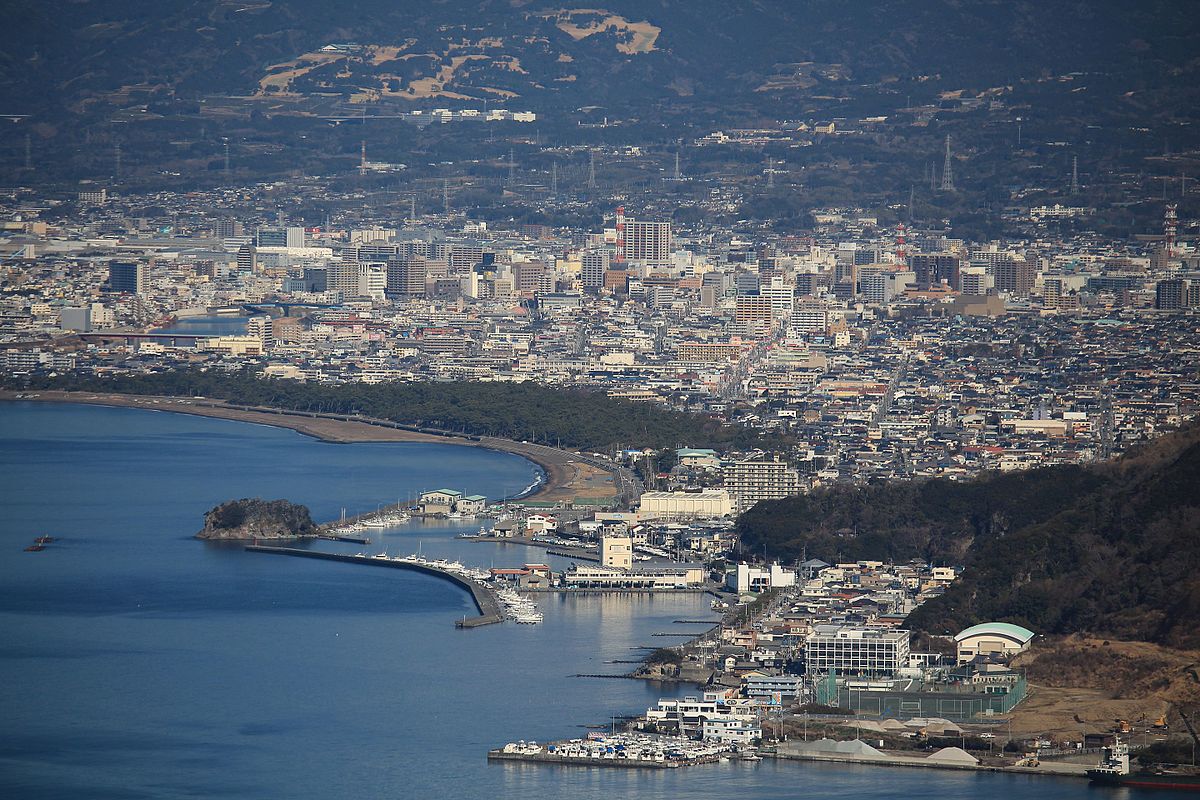
Numazu Port is big and with plenty of sushi and sashimi restaurants, where you can experience some delicious fresh fish.
You can also visit the Numazu Deep Sea Aquarium, where you can see many uncommon species of the Suruga Bay's deep sea.
The Numazu coast extends from Heda to the Senbonhama Park and can be a very nice spot for walking and running.
As I wrote before at night the city, especially around the train station, is always very busy and crowdy.
The shinkansen train doesn't stop at Numazu and so if you come by train you'll have to get off at Mishima or Shin Fuji and change to a local train to get to Numazu.
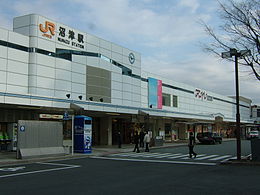
On the contrary, if you come by can it is easiest to get to the city center, as there is the Numazu exit from the Tomei Highway, which must be used also to get to Mishima.
Just for the record, this is where I met my wife and I have many good memories and friends:)
Alberto
Izu Peninsula, lesser known destination you must see in Japan (part 13)
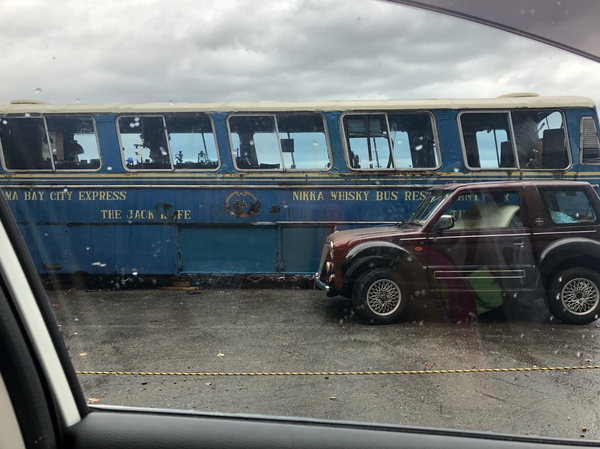
Izu has many beautiful places to visit and sometimes also some mysterious things to see.
I've already wrote about the Old Amagi tunnel, where is said that ghosts come out at night.
As unfortunately there aren't many opportunities for young people to work and live here you can also see many abandoned buildings too.
I've always been curious about old abandoned buildings and stuff. It is fun to imagine and create a story in my mind about how they were when the business went well.
So, sometimes I try to drive on narrow mountanious roads, ending most of the times at a point where it is not possible to move on with the car, because of fallen trees or broken asphalt.
In Akazawa, south-east of the Izu Peninsula, you can still see a road that was supposed to go from there to the central part of Izu, but was left uncompleted after a while due to the bankrupcy of the construction company in 1993.
Soon or later I will visit it, but until then you can see some pictures of it in this interesting blog (in Japanese):
https://ameblo.jp/6blogs/entry-10922398673.html
A few weeks ago I've seen this old looking bus when driving near Izu Nagaoka.
It is named "The Jack Knife" and it looks like it was used as a restaurant in the Yokohama Bay.
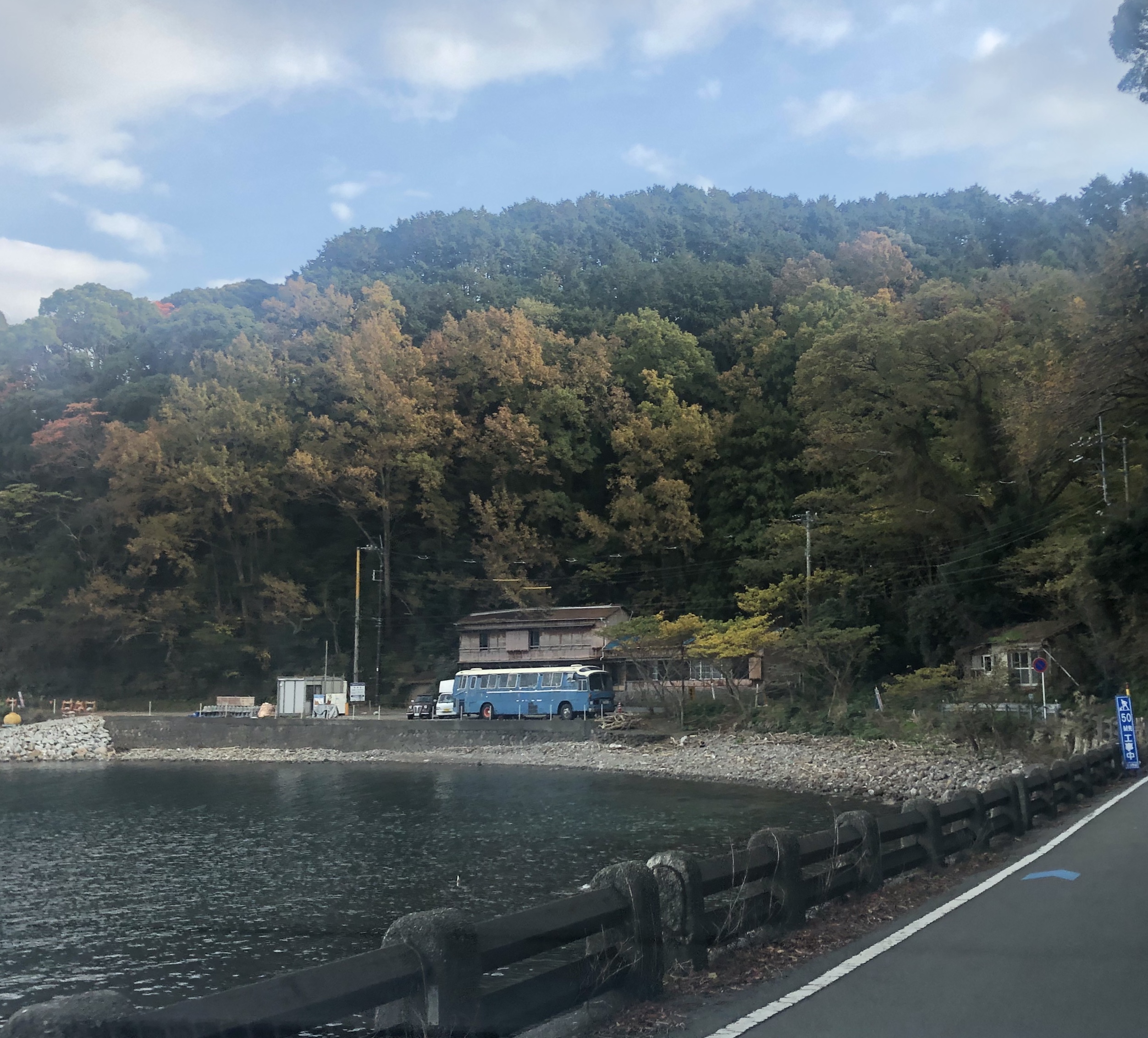
Its place has always been nearby the sea and maybe also for this reason now is here, just in front of the sea.
But why is it here??
This is what I thought when I went back home.
So I started searching on the internet some info about it and found out that it is here temporarely, to be renovated and will become "The Old Bus", probably to become another bar and restaurant in the city of Numazu.
It was supposed to be renovated within summer 2018 but... it is still there in bad conditions.
Hope it will "recover" soon!
Come on Jack Knife!
Alberto
Izu Peninsula, lesser known destination you must see in Japan (part 12)
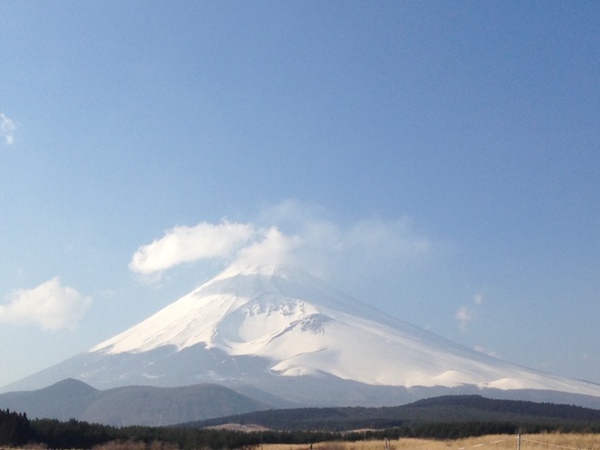
Mount Fuji can be seen from many different spots in the Izu Peninsula.
It can be seen from Izu Nagaoka, from Toi, from the small village of Ita and all of these are spectacular views.
Now we are heading north, going to the upper part of the Peninsula and getting closer to Mount Fuji, which is located almost between the cities of Fuji and Gotenba (and Yamanashi on the other side).
It is the symbol of Japan, especially in its autumn/winter version, with snow on top.

One of the best ways to travel up north from Izu is to ride on the Izu Skyline, which goes from Ito up to Gotemba, dominating the Izu Area from the top of the mountains.
It extends for 40 kilometers from the Atami Pass Interchange at the northern end to the Amagi Plateau Interchange at the southern end.
There are eight observation platforms alongside the road, where you can enjoy stunning panoramic views of Mount Fuji and all the major cities around (Mishima, Numazu, Atami).
It is a toll road, but a drive on it worth the small amount of money it costs.
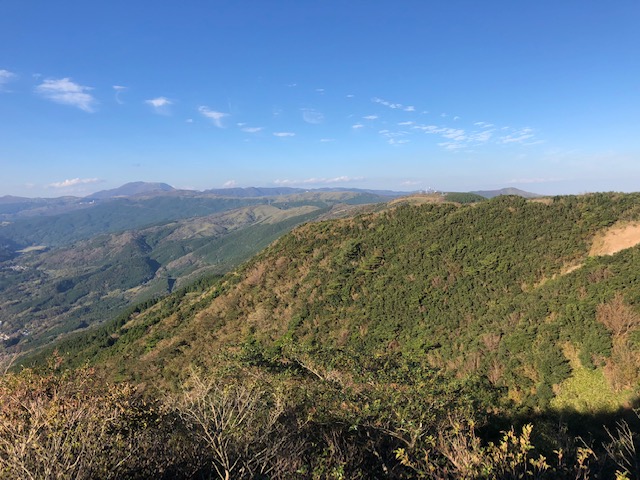




It is not crowded for the most part of the year and it is often chosen by bikers to have a nice ride without traffic and traffic lights.
Alongside you can also find some restaurants and places to buy food and souvenirs.
Once you get to the last interchange up north you can choose to go down to Atami on the right or go straight to Gotenba, a big city close to Mount Fuji, where many people comes also from Tokyo to go to the big Gotenba Outlet, to go skying at the Yeti resort or to bring their children to the Grinpa park.
There are many places to see there and it is also one of the starting points to climb Mount Fuji.
Alberto
Izu Peninsula, lesser known destination you must see in Japan (part 11)
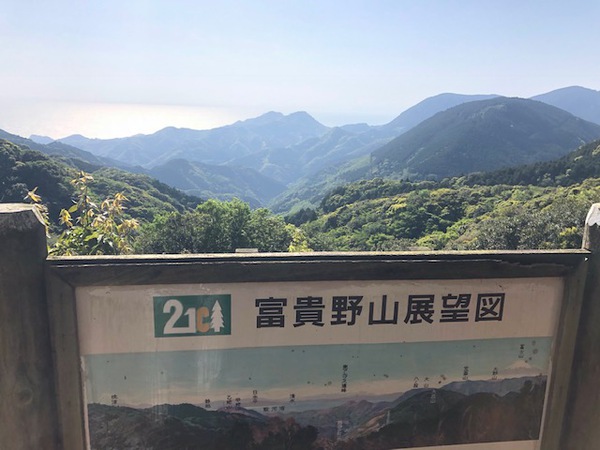
Last week we were in the middle of Mount Amagi woods, heading to one of my favourite spots in Western Izu.
It is called Mount Fukino 21th Century Forest.
It is not easy to reach as it is really in the middle of the woods on the top of a mountain, in a very few populated area.
It can be reached from the Nishina Pass or the West Coast of Izu, by following some narrow roads that goes up into the mountains. The indications are very few and only in Japanese, so it is better to follow the Google Maps instructions.
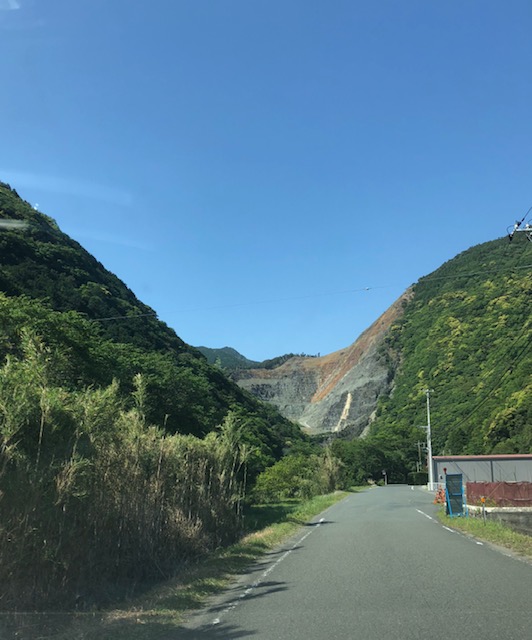
Once you will reach there there is a small parking area (where I didn'f find any car both the two times I went).
2 minutes walking from the small parking you will find a closed Buddhist temple and walk between more than 100 old buddhist images on the ground.
There you won't hear nothing except for the voices of the singing birds.
It is a very mystic experience, especially in foggy and cloudy days! I won't suggest to go there at night...
From the parking you can see one of the best views of the entire Izu Peninsula, in my opinion:





Leaving this mysterious place you will go "back to the civilized world" in two directions, or west to Matsuzaki or east to Nishina Pass.
Well, we've ended our trip through the Izu Peninsula, but I will write again next week about the area between Mishima and Gotenba, very close to Mount Fuji and very beautiful to drive through!
Alberto
Izu Peninsula, lesser known destination you must see in Japan (part 10)
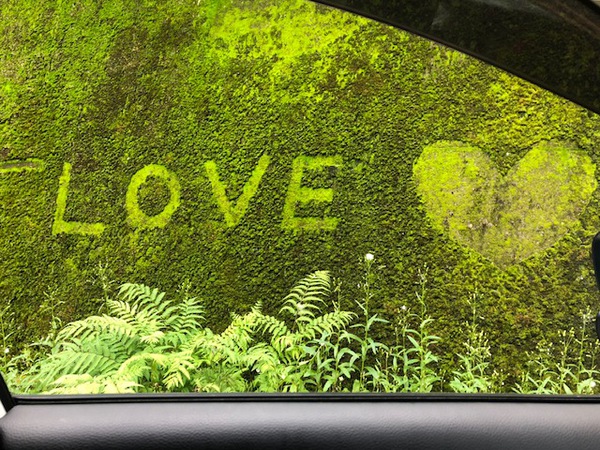
Last week we started entering the Amagi Mountain through the town of Shuzenji and after reaching Amagi Yugashima this time we will turn right heading west.
This is one of my favourite route.
It takes about 1 hour from Yugashima to Toi on the West Coast and by driving thru this route we will find a very few traffic, often none.
So it is a very relaxing drive into the woods.


We can also choose a faster way to reach Toi, by turning right at the Deguchi light (about 30 minutes) and also to reach Heda, by crossing the Heda Pass, but I prefer the longer and more relaxing route.
We will reach and cross the Nishina Pass, from where you will have a stunning view of Toi and the West Coast from the top.

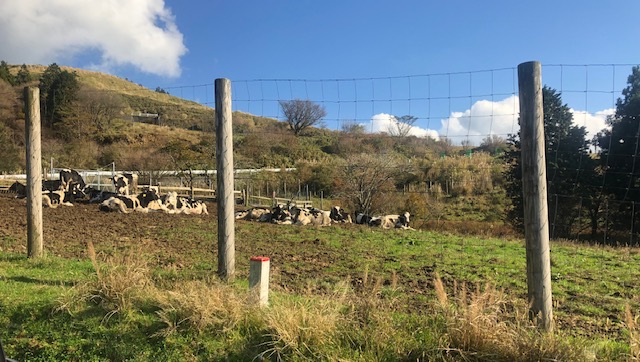
At the Nishina Pass you will also find a farm, to take a rest, let the kids play and have lunch.
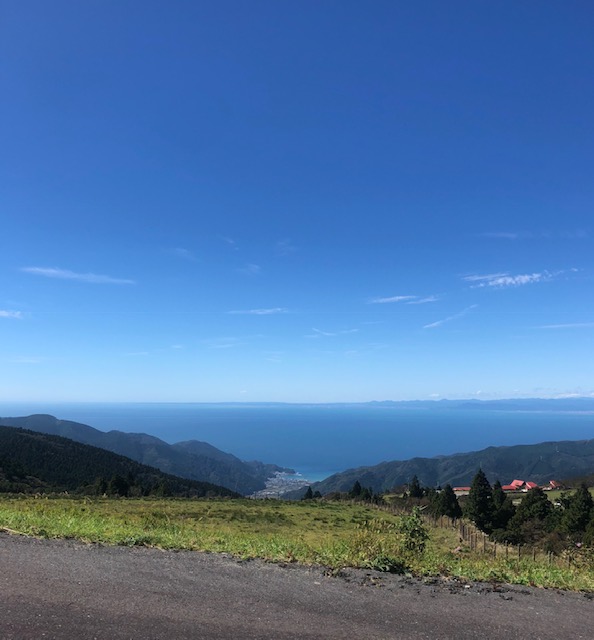

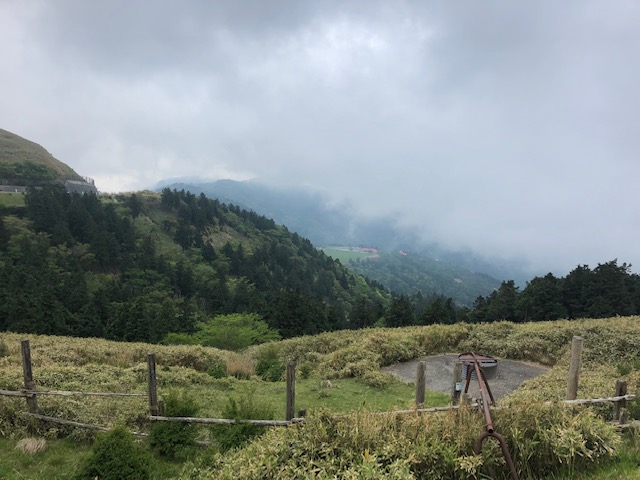

From the Nishina Pass you can take to different directions, one to reach the village of Ugusu and then Toi and the other to reach Matsuzaki, also on the West Coast, but a little more South.
Both roads are completely into the woods, narrow and so we must drive carefully, but also with no traffic and very peaceful.
If you go slow and take a look around you can see many different types of birds and if you are lucky enough also deers and wild boars.
The first time I saw them in my life was here in the Amagi area.
By choosing to take the Matsuzaki route you can also reach a very misterious spot.
It is called Mount Fukino 21 century forest and there is a buddhist temple and a walk into the woods.
The silence is amazing and could be a little bit scary too as it is really in the middle of nowhere in the forest.
The temple is closed but you can walk around freely and listen to the chants of the many different species of birds that live there.

Will talk about it more in detail next week!
Alberto
